Your Cart is Empty
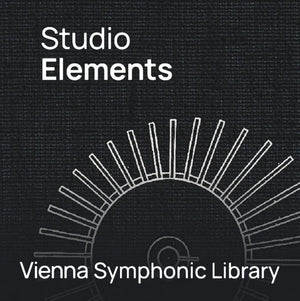
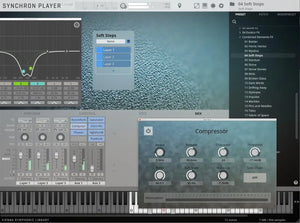
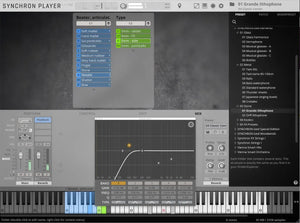
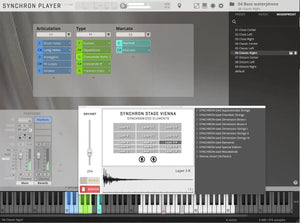
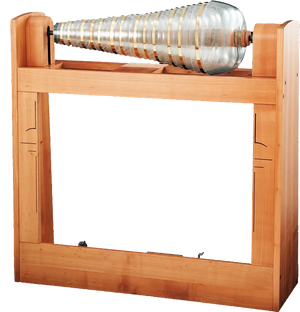
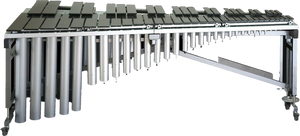
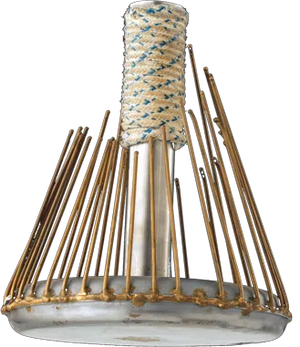
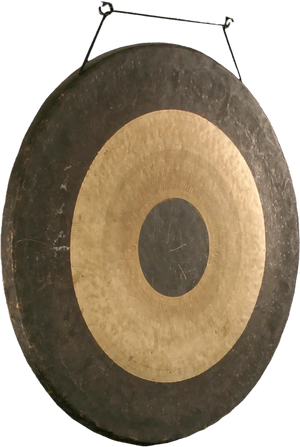
Vienna Studio Elements
Water. Metal. Glass. Stone.
TEST4b
$0.00$261.00Description
- Rare & unique instruments from our VI Elements Collection
- Expanded with more extraordinary instruments
- Archaic sounds, from ethereal shimmers to thunderous strikes
- Perfect, out-of-the-box sound
- Powered by Vienna Synchron Player
The unique instruments from our VI Elements Collection have long been a trade secret for composers and sound designers, capturing their imagination with its archaic sounds that range from ethereal shimmers to thunderous strikes. For the SYNCHRON-ized version, we have expanded the library's breadth of sound, not only by adding more extraordinary instruments, but also by creating a host of other-worldly sonic effects using the Synchron Player's extensive plug-in and routing options. New instruments include a second lithophone, another waterphone, several tam-tams, rails, thunder sheets, crotales, ocean drums and many more.
The sound sources of SYNCHRON-ized Elements comprise water (Waterphones), metal (singing bowls, crotales, steel rails, tam-tams), stone (lithophones), and glass (glass harmonica, verrophone, bottles). With a variety of included mixer presets, each instrument can be placed at nine different positions in the main hall of Synchron Stage Vienna for a perfect, out-of-the-box sound.
The Waterphone was invented by Richard Waters in 1967, inspired by the African kalimba, the nail violin and the Tibetan water drum. The instrument consists of a closed water-filled body of stainless steel or bronze and a hollow-cylindrical neck. Metal rods of different lengths are attached vertically around the neck and are usually scraped with a bow. The sound can be modified by pivoting the water-filled body. Like the triangle and the piccolo, the Waterphone's high-frequency sound can be heard even when the entire orchestra is playing. The Bass Waterphone is a particularly large model with a diameter of 35 cm (13 ¾ ").
The glass harmonica was widely popular during Mozart's time. Hemispherical glass bowls rotate around a horizontal axis driven by a pedal. By putting wet fingers on the bowls as they turn they excite the glass into lovely ethereal tones. The verrophone consists of chromatic glass tubes arranged vertically like the resonator tubes of mallet instruments. The glass tubes are rubbed with moistened fingers to create its unique sound. The musical glasses are filled with varying amounts of water and rubbed with moistened fingers, too, but their sound is much more delicate and shimmering compared to the verrophone. The glass instruments are rounded out by bottles that are blown with different techniques, including flutter tongue.
The sounding stone bars of the lithophone are made of basalt, granite, marble and other minerals. Lithophones were first introduced to the orchestra by Carl Orff (1895 - 1982) in his Greek drama "Antigone". The Grand Lithophone is a unique instrument that looks like a marimba and has a tonal range of almost five octaves. Due to the resonance tubes, the tonal possibilities range from extremely soft, full and dark tones to a hard and bright timbre.
The metal category includes steel rails struck with a steel hammer, thunder sheets in various sizes and playing techniques, crotales and a set of Japanese singing bowls. The series of tam-tams includes instruments with different diameters, ranging from 85 cm to the 200 cm XXL tam-tam. The latter was struck with metal rods, cardboard and jigsaw blades, hit and rubbed with chains, and manhandled with fly swatters, an egg cutter, and even a massaging rod.
The collection is rounded off by a series of exotic percussion instruments such as ocean drums, spring drums, cucas, waldteufel as well as bull roarer and lion's roar.
In addition to the "classic" presets, SYNCHRON-ized Elements offers a wide variety of "FX Presets" created by our experienced sound experts and engineers. Notably, the "Combined FX" category with a total of 24 newly-created instruments made by combining different Elements is a treasure-trove of fresh and organic sounds and effects for adventurous composers and sound-designers.
Tech Specs
System Requirements
Minimum:
- Windows 10 (latest update, 64-bit), Intel Core i5 or AMD Athlon 64 X2
- macOS 10.14 Mojave (latest update), Intel Core i5
- SSD (M2, SATA 6 or USB3/3.1, UASP Support - HFS+, APFS or NTFS formatted)
- Please check Vienna Symphonic Library website for full RAM requirements
- iLok Account and iLok License Manager for license activation on a physical iLok 2/iLok 3 key or in an iLok Cloud Session (the iLok Cloud requires a constant internet connection!)
- Free storage space for Library, please check Vienna Symphonic Library website for space requirements
Recommended:
- Windows 11 (latest update), Intel Core i7/i9/Xeon
- macOS 13 Ventura (or higher), Intel Core i7/i9/Xeon/M1/M2
- Please check Vienna Symphonic Library website for full RAM recommendations
- AU/VST/VST3/AAX Native compatible host
- 88 key master keyboard











